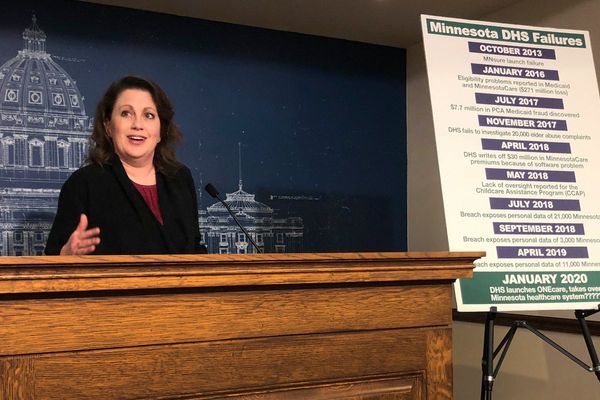.jpg?width=1200&auto=webp&crop=3%3A2)
Summer in London is electric. Sculpture trails pop up across the Square Mile, design festivals throw open their doors and creativity spills into the streets. But this isn’t always the case.
All too often, the buzz you get from experiencing art that makes you feel something new or stop and think stops at museum doors.
Why aren’t we putting more art in city centres? What could be achieved if we use our office towers and the spaces between them to help drive London’s cultural offer?
I didn’t set out to work in property. My background is in the art world – galleries, biennales, and cultural institutions. But along the way, I realised that art can do more than hang on walls. It can live in the everyday fabric of a city – on building sites, in foyers, in the spaces people pass through on their way to work. This shift in thinking led me to Brookfield Properties: working with a dedicated team to bring art into the built environment in ways that can transform how we experience cities, reimagine public space, and shape cultural identity.
What’s more, for developers building offices across the Square Mile, the benefits are mutual. Nowadays we expect our workplaces to do more and more – to inspire, be commute-worthy, and reflect our whole selves and changing needs throughout the day. Thoughtfully curated, accessible exhibitions can help achieve exactly that.
Skyscrapers are already perfectly set up to host art
To top it off: skyscrapers are already perfectly set up to host art. They have 24-hour security, climate control and vast open spaces in and around them that are crying out to be filled. And with thousands of people passing through their lobbies and across their plazas every day, these buildings have more in common with galleries and cultural spaces than you might think.
So why not use them that way?
At Brookfield Properties, we’ve been doing just that for over 30 years. Our upcoming plans for 99 Bishopsgate include a new cultural pavilion at one of the City’s busiest intersections – a permanent creative space in a landscape better known for offices and transport hubs. It’s a bold step, but one we believe in deeply.
Because art doesn’t just make a space look good. It makes it feel good. It invites people in. It sparks conversation. It turns a routine commute into a moment of reflection or joy. And it supports the people who create it by giving them new platforms and audiences.
We’ve seen the impact. Our Art of the Workplace report with The School of Life found that more than two-thirds of workers said access to art improved their wellbeing. Nearly 90% said they’d feel less inspired without it. That’s not just a nice-to-have. That’s a need.
And it’s not just about wellbeing. It’s about inclusion. Through exhibitions for International Women’s Day and Black History Month, we’ve helped spotlight voices that are too often overlooked. These aren’t just calendar moments. They’re opportunities to make our cities more representative of the people who live and work in them.
So how do we scale this up?
Not every developer has an in-house curator. But every developer has a responsibility to make their spaces contribute to the life of the city. This has to be a collaborative effort. We’ve proven the benefits, now we need to work together to keep the momentum going.
Destination City, the City of London Corporation’s flagship growth strategy, is taking the first steps. It’s already investing millions of pounds in cultural infrastructure, supporting institutions like the Barbican, Guildhall School of Music & Drama, and the new London Museum. The Greater London Authority (GLA) is a key partner in this vision, helping to align cultural programming with broader goals for accessibility, inclusion, and economic growth. Together, the GLA and the City are laying the groundwork, but they can’t do it alone.
What could we achieve if the City’s stakeholders, (developers, artists, local authorities, cultural organisations), all joined forces? What if we treated our buildings not just as places to work, but as canvases for creativity?
Let’s take art out of the museum and into the everyday
Developers can start by reaching out to surrounding organisations and opening up their lobbies and plazas for art and performance. Thinking about art not just as an event but as a strategy for placemaking and wellbeing will allow developers to embed art and culture into their projects from planning stage and to reap the benefits that follow.
Let’s take art out of the museum and into the everyday. Let’s democratise culture, support creative talent, and make our cities more human. Because ultimately, art isn’t just decoration. It’s placemaking. It’s connection. It’s what turns a building into a destination, and a city into a community.
Saff Williams is Director of Arts and Events at Brookfield Properties







